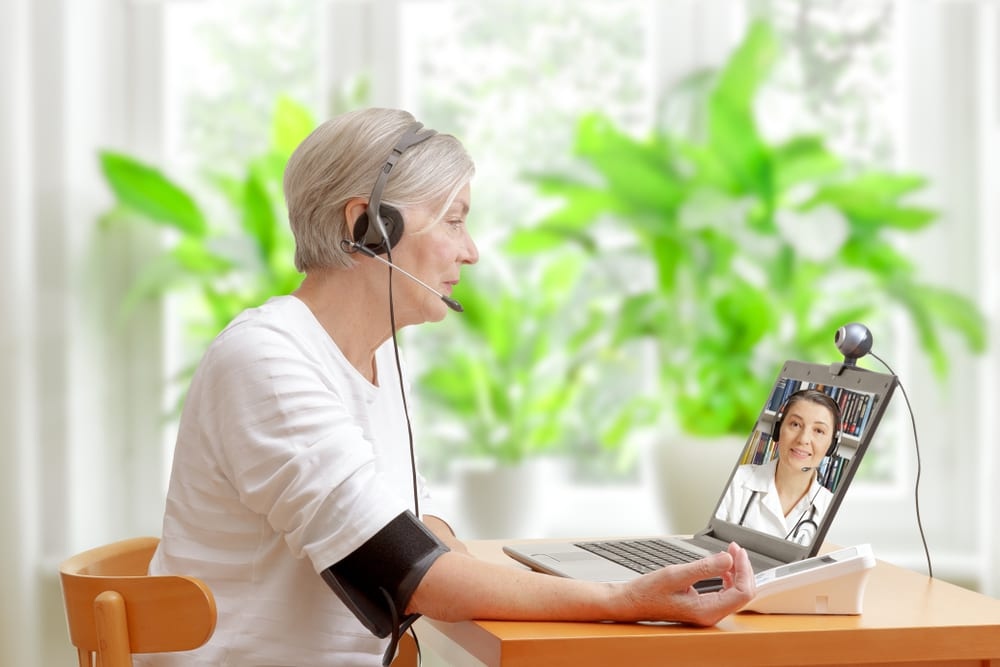
@ShahidNShah


More patients prefer to recover and receive care at home than at a medical facility. COVID-19 accelerated the demand as visits to facilities were restricted. Implementing care-at-home services is surprisingly challenging and is much more than people + technology. Key success factors include involving clinicians and understanding actual patient demand.
A recent survey of health plan executives revealed that 97% believed that more care at home would be better for both their organizations and their members. That survey included a very interesting statement: “COVID accelerated acceptance of care-at-home and the adoption of the technology, staffing and processes necessary to make it happen.”
The statement highlights that it takes more than just technology to care for patients in their homes. As much as Remote Patient Monitoring (RPM) technology has taken off, it alone cannot provide the level of care that patients need.
Continue reading at healthcareittoday.com
If you represent medical providers for long enough, you have likely heard the timeless adage posited by the plaintiff's bar "if you didn’t chart it, it didn’t happen." While this phrase is commonly …
Connecting innovation decision makers to authoritative information, institutions, people and insights.
Medigy accurately delivers healthcare and technology information, news and insight from around the world.
Medigy surfaces the world's best crowdsourced health tech offerings with social interactions and peer reviews.
© 2025 Netspective Foundation, Inc. All Rights Reserved.
Built on Apr 25, 2025 at 4:15am